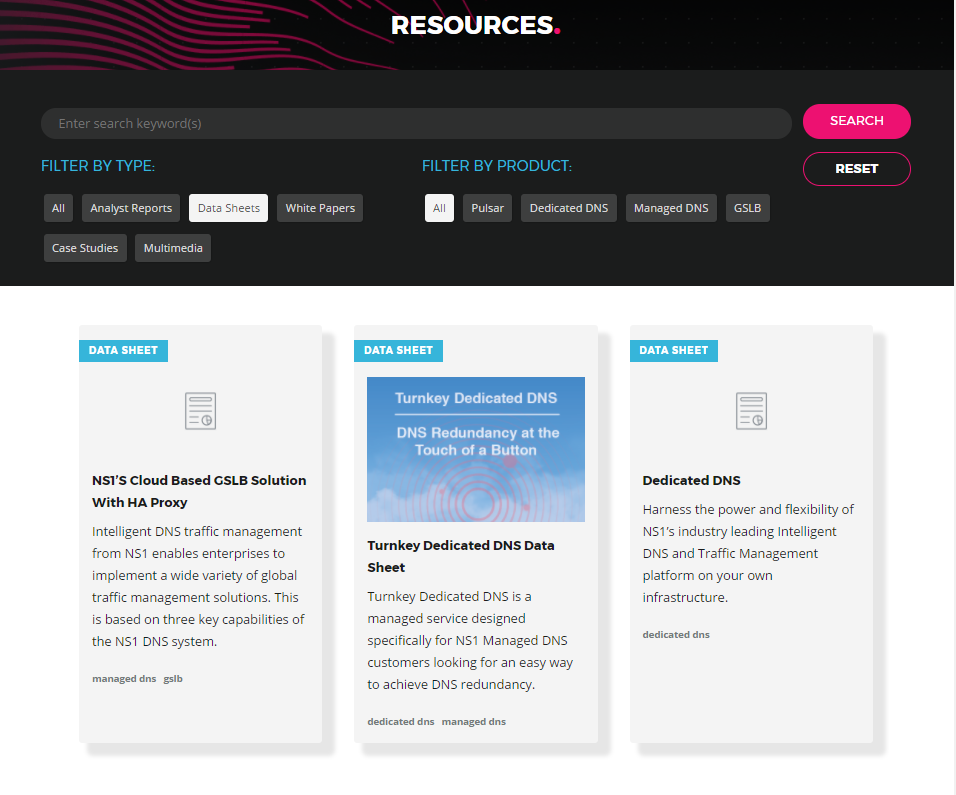
Tags & Categories: Balancing Usability with SEO
In SEO, we all know that content is key. However, what's often overlooked is how we organize that content for both our site visitors and search indexing. By using tags and categories purposefully, we can achieve a balance in addressing both.






